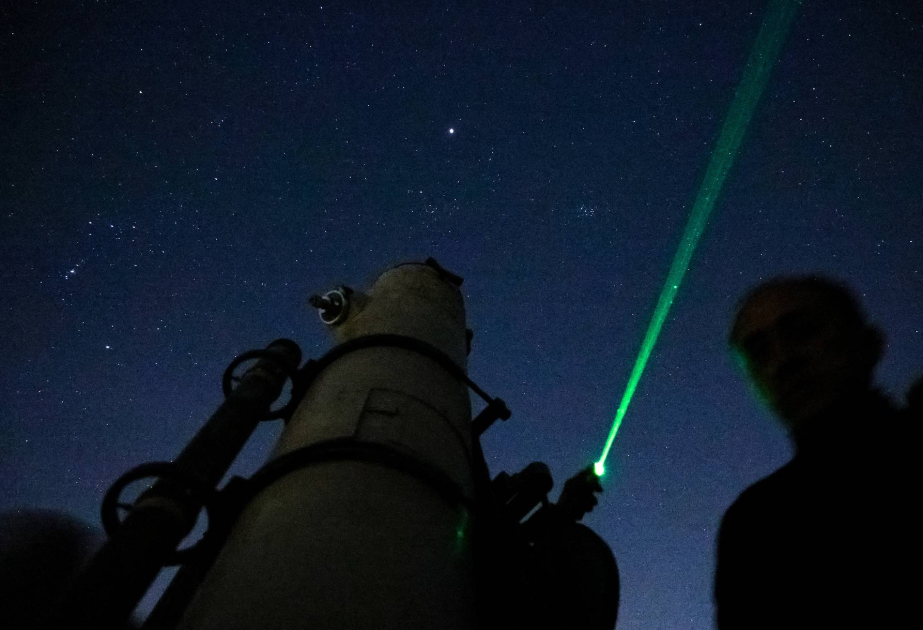Scientists have uncovered a colossal, previously hidden hydrogen cloud, named Eos, just 300 light-years from Earth — the closest such discovery ever, according to SciTechDaily.
Detected by its faint ultraviolet glow, Eos offers an unprecedented opportunity to study how stars are born. The team, led by Rutgers researchers, used an innovative technique that may transform our understanding of cosmic structures. This ancient hydrogen has traveled for 13.6 billion years, and its discovery opens the door to even more breathtaking finds, from the nearest to the most distant reaches of the galaxy.
Discovery of a Massive Star-Forming Cloud
A team of international scientists, led by an astrophysicist from Rutgers University–New Brunswick, has discovered a giant, star-forming cloud — one of the largest structures ever observed in the sky and among the closest to Earth and the Sun.
This massive cloud, made primarily of hydrogen, had remained hidden until researchers searched specifically for its main ingredient: molecular hydrogen. It is the first time a molecular cloud has been detected through light emitted in the far-ultraviolet part of the electromagnetic spectrum, opening new possibilities for exploring the universe in this way.
The scientists named the cloud “Eos,” after the Greek goddess of mythology who is the personification of dawn. Their findings are detailed in a study published today (April 28) in Nature Astronomy.
A New Window Into the Molecular Universe
“This opens up new possibilities for studying the molecular universe,” said Blakesley Burkhart, an associate professor in the Department of Physics and Astronomy in the Rutgers School of Arts and Sciences who led the team and is an author on the study. Burkhart is also a research scientist at the Center for Computational Astrophysics at the Flatiron Institute in New York.
Molecular clouds are composed of gas and dust, with the most common molecule being hydrogen, the fundamental building block of stars and planets, and essential for life. They also contain other molecules such as carbon monoxide. Molecular clouds are often detected using conventional methods such as radio and infrared observations that easily pick up the chemical signature for carbon monoxide.
Eos poses no danger to Earth and the solar system. Because of its proximity, the gas cloud presents a unique opportunity to study the properties of a structure within the interstellar medium, scientists said.
The Interstellar Medium: Cradle of Stars
The interstellar medium, made of gas and dust that fills the space between stars within a galaxy, serves as raw material for new star formation.
“When we look through our telescopes, we catch whole solar systems in the act of forming, but we don’t know in detail how that happens,” Burkhart said. “Our discovery of Eos is exciting because we can now directly measure how molecular clouds are forming and dissociating, and how a galaxy begins to transform interstellar gas and dust into stars and planets.”
Eos’s Enormous Size and Fleeting Existence
The crescent-shaped gas cloud is located about 300 light years away from Earth. It sits on the edge of the Local Bubble, a large gas-filled cavity in space that encompasses the solar system. Scientists estimate that Eos is vast in projection on the sky, measuring about 40 moons across the sky, with a mass about 3,400 times that of the sun. The team used models to show it is expected to evaporate in 6 million years.



















